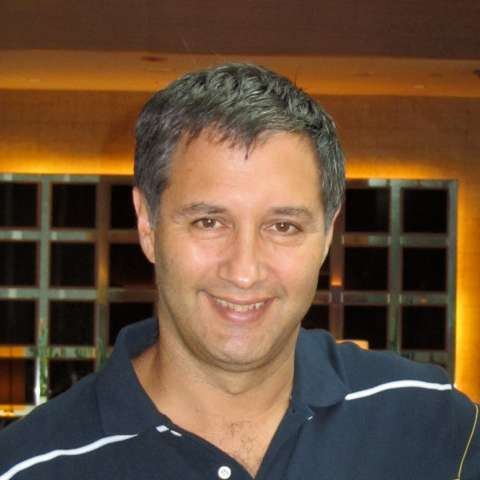It was, truly, music from another world. Opening the concert with György Ligeti's 1961 Atmosphères, the Berliner Philharmoniker started with the gentlest of wafting string tones with clustered woodwind sounding almost organ-like, whereupon layer after layer piled in, an infinite variety of orchestral textures shifting and swirling. Mid way through this eight-minute piece, we jump from an ear-splitting, scary motif on the highest notes of a piccolo down to a thunderous passage on double basses, followed by the gentle swelling of strings, which morphs into a buzzing swarm. Brass instruments bray or, unvoiced, merely amplify the sound of their players' breath. It's a bewlidering voyage into unknown regions of musical timbre, and you can see why it appealed to Stanley Kubrick, director of the sci-fi epic 2001: A Space Odyssey which made this music famous.
It felt like startling innovation into the different ways of providing musical atmosphere, yet this programme seemed designed to prove that composers well before Ligeti had begun the quest for new modes of orchestral expressivity. As Atmosphères faded into silence, Simon Rattle eschewed a break for applause and moved into the breaking dawn of Richard Wagner's prelude to Lohengrin, written a century earlier. As the delicate ostinato on the highest notes of the violins and the occasional brush stroke of woodwind produced Wagner's vision of bright sunlight over the river Scheldt, moving through the trademark Wagnerian portentous brass and back to the most ethereal of high string notes to end, one could only muse on how this music must have seemed every bit as radical to Wagner's contemporaries as Ligeti's did in the 1960s.
The Berliner Philharmoniker played both of these works with peerless musicianship. The string sound was extraordinary, moving from the gentlest delicacy – yet with every part of the string section in perfect sync – to intense climaxes which shook the hall. Individual woodwind lines were of the quality of concerto soloists, percussion just that fraction more precisely on the right timing than other orchestras can achieve. It was an outstanding opening to the concert.
But the best had come first, and a great deal of the remainder of the evening was disappointing. The next work was Sibelius's Symphony no. 4 – another exploration of how musical motifs can rise out of varied orchestral texture. The Berliner Philharmoniker's quality of individual playing was undiminished, but in this longer work, it was difficult to pin down any real sense of direction: it was as if all that exploration of clouds of sound had created a sort of torpor. I could enjoy many individual moments – some awesome timpani playing in particular – but my mind constantly drifted away from the music into some different world.
After the interval, we moved onto Debussy's Jeux, written in 1912 for a Diaghilev ballet. Debussy described orchestrating this for "an orchestra without feet", meaning, one presumes, that the pace and impetus of the music was to be achieved by the shifting of melody and harmonies, eschewing the grounding of an obvious rhythmic impulse. Once again, this piece came out as an exploration of texture; once again, the quality of individual playing was excellent. Yet it all felt a little too controlled, indeed restrained. The story line of Jeux is that a game of tennis played by three young people in the park leads to encounters that are far more erotic: there was plenty in the music to suggest the beauty of the surroundings and of the young people, and plenty of interest in Debussy's use of harmony, but little to suggest youthful passion or abandon.
The programme finished with Ravel's second suite from Daphnis et Chloë, starting with another depiction of sunlight and moving on to an extraordinary flute-laden passage depicting Pan's pursuit of the nymph Syrinx, displaying the Berliner Philharmoniker's virtuoso flautists to best effect. In the final dance, the orchestra recovered a real sense of rhythmic propulsion for the first time in the evening.
This is a marvellous orchestra and the opening two works of this concert were thoroughly memorable. But for my taste, the programme was trying a little too hard to stick to a particular theme: the focus on sound fields and texture meant that the orchestra failed to maintain momentum through the course of the concert. Amongst all that gorgeous playing, a little more bite would have been welcome.


